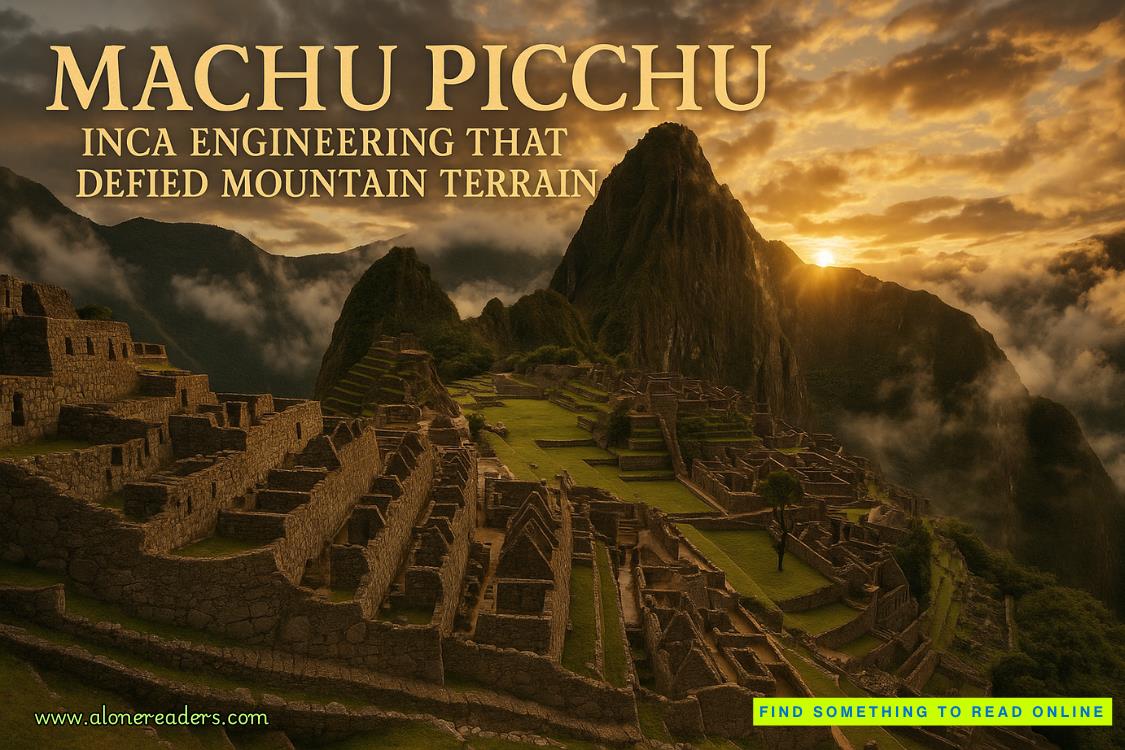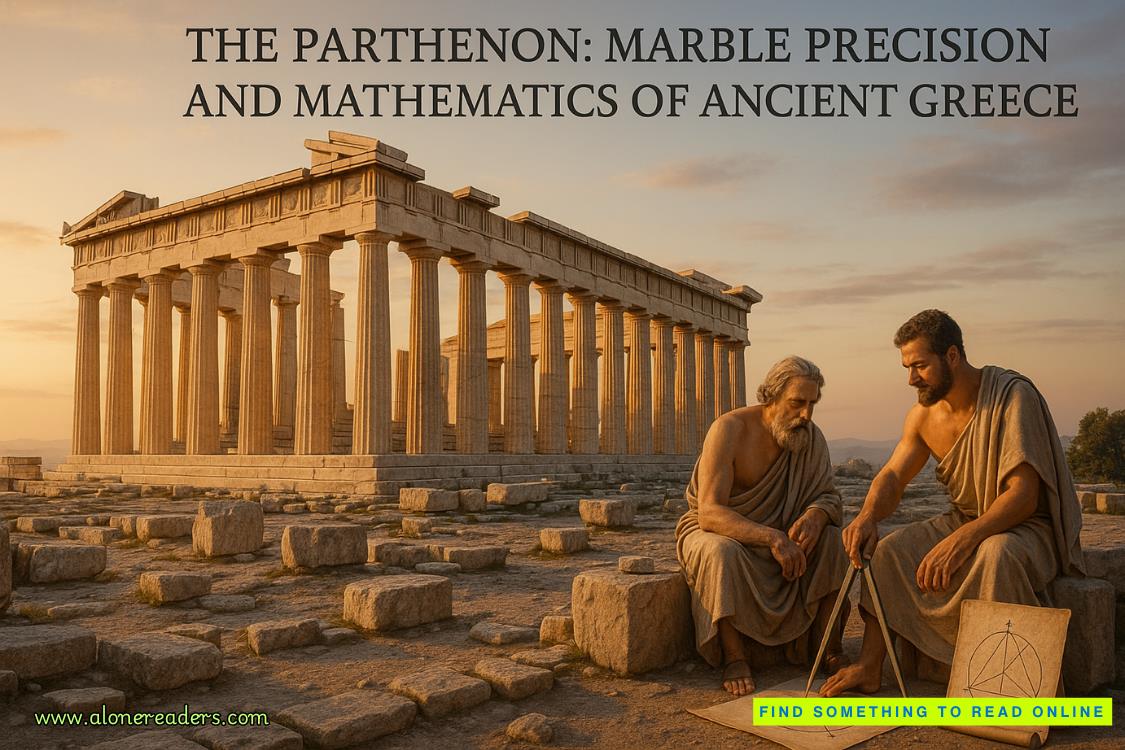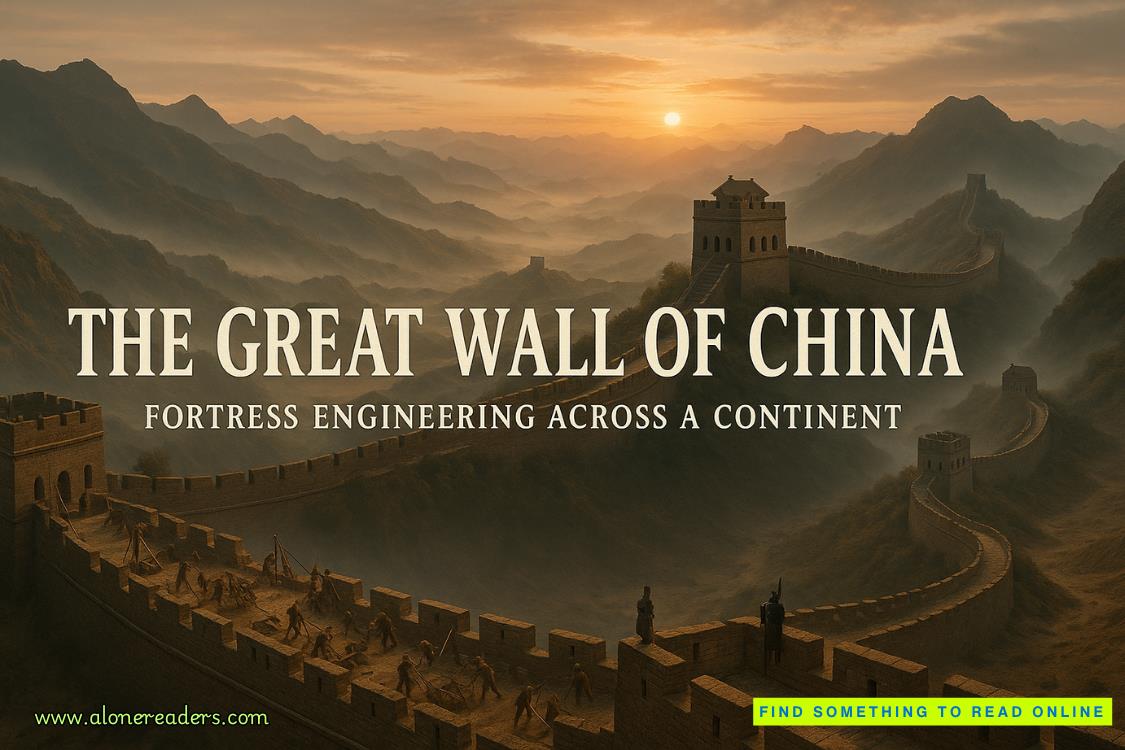Page 40 of The Girl Before
Silence. The audience seems quite baffled now.
The Monkford Partnership is known as a practice that works on a small scale, with wealthy clients, he says. But I see now that our future lies not in building beautiful havens from the ugliness in society, but in building a different kind of society.
He raises the award. Thank you for this honor.
The applause is polite, but looking around, I see people are smiling and rolling their eyes at one another.
And I clap too, harder than anyone, because the man up there, my lover, doesn’t give a damn whether they laugh at him or not.
—
That night I ask about his wife.
I keep the dress on while we make love, but afterward I hang it carefully in the tiny cupboard behind the wall panel before slipping, naked except for the necklace, into the warm space beside him.
The lawyer told me your family are buried here, I say tentatively.
How—oh, he goes. The Land Registry plans.
He’s silent for so long I think that’s all the answer I’m going to get.
It was her idea, he says at last. She’d read about hitobashira and said that was what she wanted, if she died before me. Under the threshold of one of our own buildings. Of course, we never imagined…
Hitobashira?
It means “human pillar” in Japanese. It’s said to bring the house good luck.
You don’t mind me talking about her?
Look at me, he says with sudden seriousness, and I turn my head so I can see into his eyes.
Elizabeth was perfect in her own way, he says gently. But she’s in the past now. And this is perfect too. What’s happening right now, with us. You’re perfect, Emma. We don’t need to talk about her again.
—
Next morning, after he’s gone, I look his wife up on the Internet. But Housekeeper can’t find anything.
What was the Japanese word he used? Hitobashira. I try a search for that.
I frown. According to the Internet, hitobashira doesn’t refer to burying dead people under buildings. It’s about burying the living.
The custom of sacrificing a human being as part of the erection of a new house or fortress is very old. Foundation-stones and beams were laid in human blood the world over, and this abominable custom was practiced but a few centuries ago in Europe. In the well-known Maori tradition of Taraia we are told that he had his own child buried alive beneath a post of his new house.
I jump to another article.
This sacrifice must be in keeping with the importance of the building to be erected. An ordinary tent or house can be bought off with an animal, or a rich man’s house with a slave; but a sacred structure such as a temple or a bridge needs a sacrifice of special worth and importance, one perhaps involving serious pain or discomfort to the one making it.
For one crazy moment I wonder if this is what Edward can mean, that he made a sacrifice of his own wife and son. And then I find another article that makes more sense.
Today, the echo of such practices lives on in innumerable folk customs around the world: sending off a ship with a bottle of champagne, burying a piece of silver under a doorpost, or topping out a skyscraper with the bough of an evergreen. In other parts an animal heart is buried, while Henry Purcell chose to be interred “under the organ” at Westminster Abbey. In many societies, notably in the Far East, the dead are marked with a building constructed in their honor—a practice not so very different, perhaps, from the naming of a Carnegie Hall or a Rockefeller Plaza after some noted philanthropist.
Phew. I go back to bed, burrowing my nose into the pillows for any trace of him: his smell, his shape still outlined in the sheets. His words come back to me. This is perfect. I drift back to sleep with a smile on my face.
NOW: JANE
“What you experienced when you walked through the front door—into a small, almost claustrophobic hallway, before entering the flowing spaces of the house itself—is a classic architectural device of compression and release. It’s a good example of the way Edward Monkford’s houses, though seemingly revolutionary, are based on traditional techniques. But more important, it marks Monkford out as an architect whose primary purpose is to affect the way the user feels.”
The guide walks toward the kitchen, the gaggle of half a dozen visitors following him obediently. “Users have reported that in a refectory area such as this, for example, with its visual emphasis on austerity and restraint, they find themselves eating less than they did previously.”















